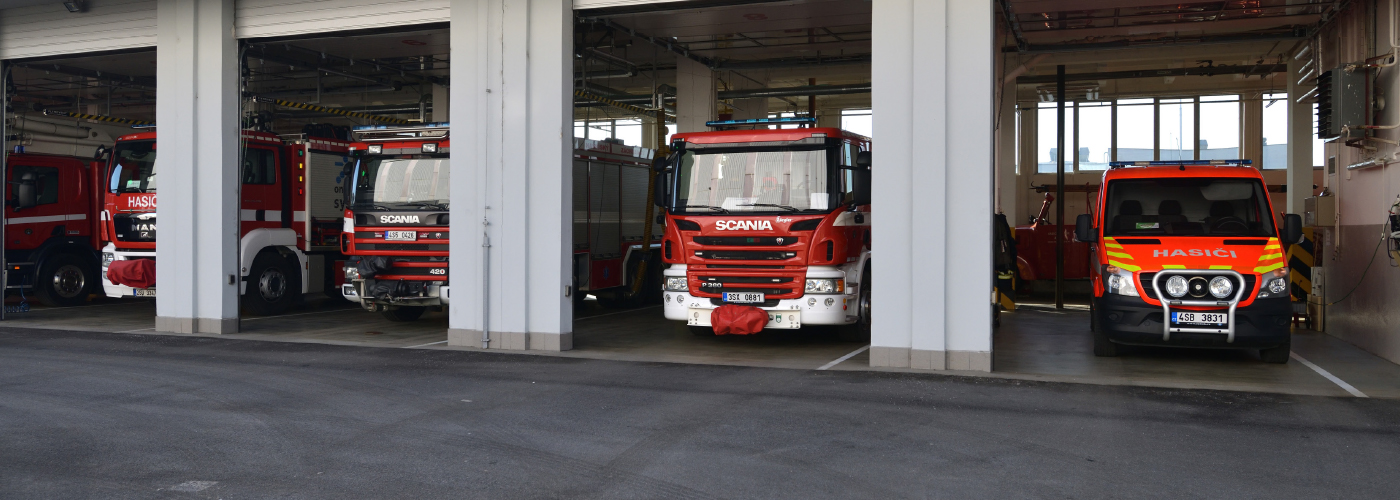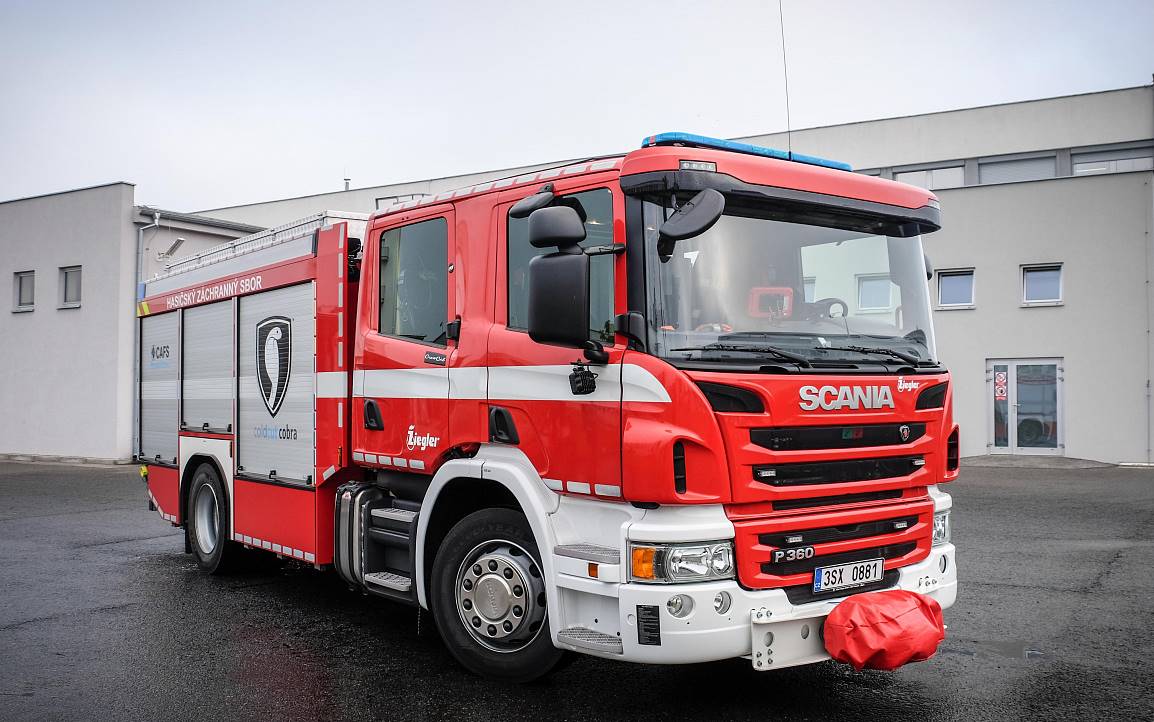ŠKODA established its first volunteer firefighting unit in 1905. Today, the company has a team of professional firefighters and cutting-edge equipment, including (since February) a 60-metre high-lift platform, the highest in the Czech Republic.

Where necessary, these firefighters provide assistance outside the plant site.
The firefighters’ equipment includes a drone with a thermal camera that can be used to deal with big fires where the smoke density makes the site difficult to survey. The drone’s thermal camera identifies the epicentre of the fire with a high degree of accuracy, so the firefighters can focus on the correct spot. A remotely controlled robot, another first of its kind in the Czech Republic, can be deployed in life-threatening situations where there may be a risk of explosion.
Obviously, the main goal is to prevent fires from happening in the first place and, if they do occur, to extinguish them before they intensify. In its pursuit of this objective, the Fire Department employs a sophisticated prevention system: 200 thermal cameras and 35,000 fire sensors are spread across the Mladá Boleslav site. The information received from this network is concentrated at a fire safety control centre that uses special software designed for big industrial zones. A similar system is used by the City of Prague. Using this network, fire safety controllers can identify locations that either pose a risk of fire or where a fire has broken out and ensure that firefighters arrive really quickly – within five minutes.




































